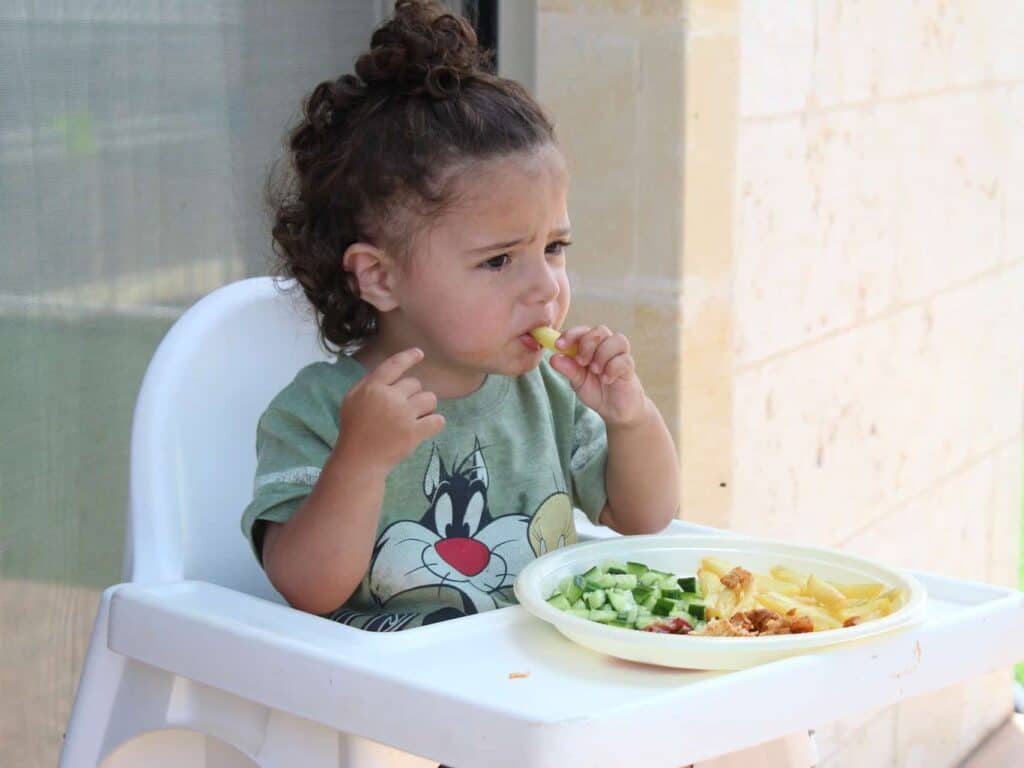Milk is great for growing children, but if drinking a glass of milk causes abdominal pain and diarrhoea, your child could be suffering from lactose intolerance.
When someone has lactose intolerance it means their digestive system is unable to properly absorb lactose.
Lactose is the main sugar in milk and, if it isn’t absorbed properly, it ferments and causes a range of unpleasant symptoms, such as bloating, wind, diarrhoea and abdominal pain.
Lactose intolerance is caused by the lack of an enzyme called lactase, which is normally found in the small intestine.
Lactase helps break lactose down into two simpler forms of sugar (galactose and glucose) so it can be absorbed more easily.
You may be able to recognise the fact that your child has a lactose intolerance by watching their reactions to foods and drinks containing milk.
But as the symptoms are similar to other conditions, such as IBS, it’s definitely worth seeing your GP to get it fully confirmed.
Dealing with Lactose Intolerance
Discovering that your child is unable to tolerate a common food group can be a real worry, especially when it comes to ensuring they get all the nutrients they need.
There is no definitive cure for lactose intolerance, but thankfully the symptoms can be successfully controlled by watching what you eat.
For children with mild lactose intolerance, simply cutting down on the amount of foods and drinks containing lactose may do the trick. But if they’re more severely affected, moving to a lactose-free diet may be necessary.
If this is the case, seeing a dietitian for help and advice on how best to achieve it, whilst still getting all the necessary nutrients, is advisable. Ask your GP for a referral.
For infants and young children, switching from cow’s milk to soy formula can be helpful. A lactase enzyme designed for babies and infants is available from pharmacies in drop form.
You can add it to breast milk or formula and it helps to prevent the discomfort that lactose intolerance causes, such as bloating and wind.
For older children and adults, lactase enzymes and chewable lactase enzyme tablets are available and these can help them digest the lactose in any dairy products that they eat.
A wide variety of everyday foods contain lactose, along with numerous medicines and tablets, so you will need to get savvy with your shopping and look out for lactose-free alternatives.
On the plus side, there are various foods these days that cater for lactose intolerant people. Scan the shelves of your supermarket or head for a health food shop, and you’re sure to find some.
Lactose is included as an ingredient in all sorts of foods, so you may find it in products that don’t at first glance look like offenders.
need to carefully check the ingredients labels for any mentions of milk powder, milk solids, whey, curds and non-fat milk powder.
Even homemade bread and breakfast cereals often contain milk powder.
Sometimes chatting to other families in a similar situation and sharing experiences of lactose intolerance can be helpful and encouraging.
Organisations such as Allergy UK operate help-lines and may be able to provide you with useful information.


